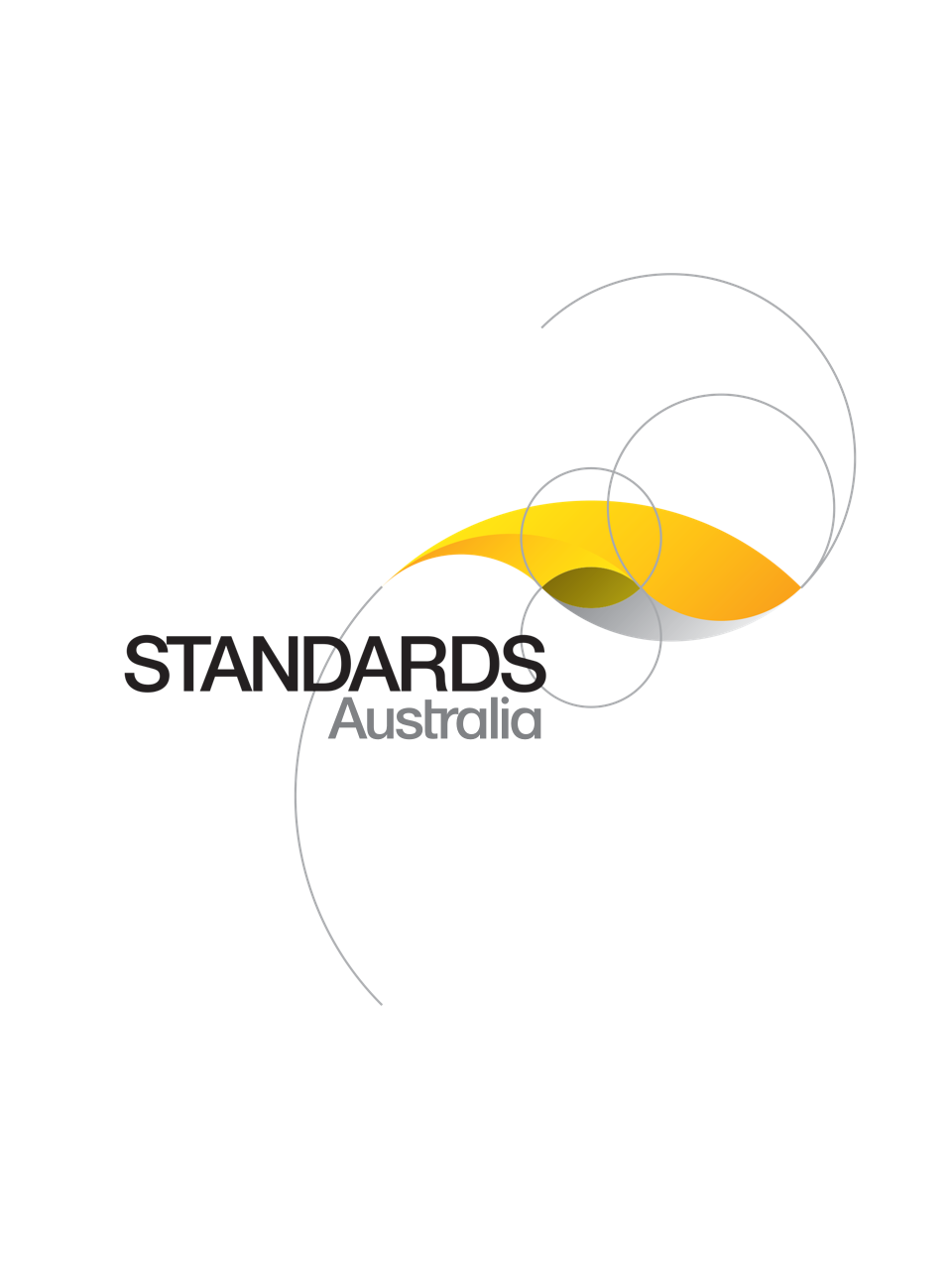Standard
UPDATE AVAILABLE
Track updates
AS/NZS 1125:2001
[Current]Conductors in insulated electric cables and flexible cords
Specifies the requirements for conductors in insulated electric cables and flexible cords used for general wiring cables for land installations and, in the case of copper conductors only, for ships' wiring. The Standard does not apply to material used for the manufacture of conductors.
Published: 29/06/2001
Pages: 20
Table of contents
Cited references
Content history
Table of contents
Header
About this publication
Preface
1 Scope and general
1.1 Scope
1.2 Referenced documents
1.3 Definitions
1.4 Conductor maximum d.c. resistance
2 Copper conductors
2.1 General
2.2 Material
2.3 Form of conductor
2.4 Joints in conductors
2.4.1 Joints in annealed conductors
2.4.2 Joints in hard‑drawn conductors
2.4.2.1 Conductors containing seven wires
2.4.2.2 Conductors containing more than seven wires
2.5 Solid conductors (Class 1)
2.6 Stranded conductors (Class 2)
2.7 Uniaxial conductors
2.8 Flexible conductors (Class 5)
2.9 Flexible conductors (Class 6)
2.10 Multiple-stranded circular flexible conductors (rope lay)
2.11 Tinsel conductors
3 Aluminium conductors
3.1 General
3.2 Material
3.2.1 Alloy
3.2.2 Stranded conductors
3.2.3 Solid conductors
3.3 Form of conductor
3.4 Joints in conductors
3.4.1 Stranded conductors other than in aerial cables
3.4.2 Stranded conductors in aerial cables
3.4.3 Solid conductors
3.5 Solid conductors (Class 1)
3.6 Stranded conductors (Class 2)
Appendix A
A1 General
A2 Method of calculation of conductor maximum d.c. resistance
Amendment control sheet
AS/NZS 1125:2001
Amendment No. 1 (2004)
Revised text
Cited references in this standard
BS 3988
Specification for wrought aluminium for electrical purposes. Solid conductors for insulated cables
[Current]
Aluminium and aluminium alloys — Compositions and designations, Part 1: Wrought products
AS/NZS 1660
Test methods for electrical cables, cords and conductors
Content history
[Current]
[Superseded]
DR 00094
NZS/AS 1125-1993
AS/NZS 1125:2001 Rec:2017
One-time Purchase
Access via web browser on any device
One-time purchase
Single publication
Offline access via PDF^
$125.14 AUD
Inclusive of GSTFormat *
Web Reader
Licenses *
1 License (for yourself - not shareable)
Total$125.14 AUD
IMPORTANT
